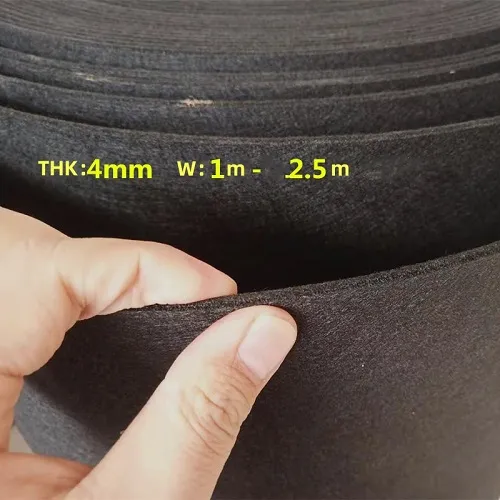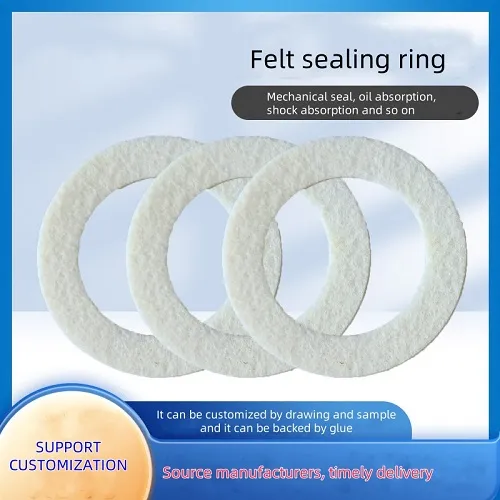Exploring the Impact of Felt Sound Tiles on Acoustic Environments and Aesthetics
Understanding Felt Sound Tiles An Innovative Solution for Acoustic Comfort
In modern architecture and interior design, the quest for improved acoustic environments has led to the emergence of innovative solutions like felt sound tiles. These tiles have gained popularity not only for their functionality but also for their aesthetic appeal, making them a valuable addition to both residential and commercial spaces.
Felt sound tiles are crafted from recycled polyester materials, giving them an eco-friendly edge. Their porous structure allows them to effectively absorb sound waves, minimizing noise pollution in various environments. This characteristic is particularly beneficial in spaces such as offices, schools, and public institutions where excessive noise can hinder productivity and learning.
One of the remarkable features of felt sound tiles is their versatility. They come in a variety of shapes, sizes, and colors, allowing designers and architects to customize spaces according to specific aesthetic desires while simultaneously addressing acoustic needs. For instance, larger tiles can be used in open spaces to create dramatic installations, while smaller, patterned tiles can add a touch of personality to intimate settings. This ability to blend functionality with design has made felt sound tiles a favorite among interior designers seeking both innovation and elegance.
Beyond aesthetics, the functionality of felt sound tiles is rooted in their unique properties. The porous nature of felt acts as a sound barrier, absorbing high-frequency noises that are prevalent in urban environments. This absorption capability is crucial for reducing reverberation and echoes, which can be particularly challenging in large, open areas. By integrating felt tiles into the design, architects can create spaces that are not only visually appealing but also acoustically controlled, promoting a more comfortable atmosphere for occupants.
felt sound tiles

Installation of felt sound tiles is relatively straightforward, which adds to their appeal in both new constructions and renovations. They can be mounted directly onto walls or ceilings, or even suspended in creative patterns to enhance their acoustic properties. This adaptability means that whether one is trying to minimize sound in a bustling office or create a tranquil environment in a yoga studio, felt sound tiles can fit seamlessly into the design plan.
Furthermore, the maintenance of felt sound tiles is minimal. Most tiles can be easily cleaned with a damp cloth, making them practical for high-traffic areas that are prone to dirt accumulation. Their durability ensures that they maintain their appearance and functionality over time, providing long-term benefits without requiring frequent replacements.
As sustainability becomes increasingly important in design, the environmental credentials of felt sound tiles cannot be overlooked. Made from recycled materials, they embody a commitment to eco-conscious living. Using these tiles not only enhances the aesthetics and acoustics of a space but also contributes to a more sustainable future.
In summary, felt sound tiles represent a harmonious blend of functionality, aesthetics, and sustainability. Their ability to absorb sound, coupled with a wide range of design possibilities, makes them an indispensable tool for architects and designers striving to create pleasant and effective environments. As our understanding of acoustic comfort continues to evolve, solutions like felt sound tiles will undoubtedly play a crucial role in shaping the spaces where we live, work, and play. Embracing these innovative materials not only enhances our day-to-day experiences but also helps cultivate a more mindful approach to design and construction.
-
What Makes Felt a Great Choice?NewsNov.19,2024
-
Total Mixed Ration (TMR) Feed for CattleNewsNov.19,2024
-
The Ultimate Guide for Felt Polishing WheelsNewsNov.19,2024
-
Industrial Felt for Various ApplicationsNewsNov.19,2024
-
Felt Makeup Bags and Inserts BagsNewsNov.19,2024
-
Choosing the Right Hotel TowelsNewsNov.19,2024
-
Your Go-To Guide For Affordable Wholesale Wool FeltsNewsOct.31,2024







